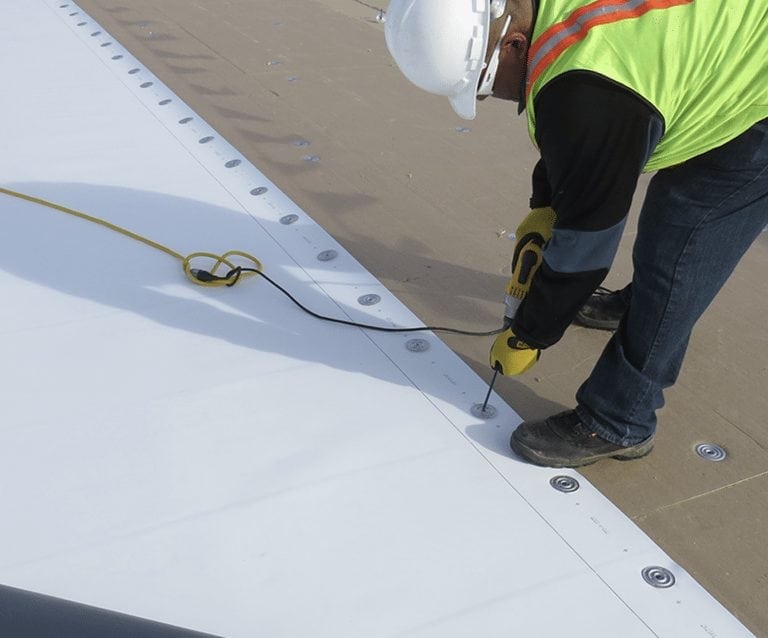What is TPO roofing? A roof warranty is an agreement between a roof contractor and the customer, in which the contractor promises to repair or replace a roof if defects are discovered after the roof has been installed. If defects are found during or after the installation of the roof, the contractor must either repair or replace the roof, or both. Some types of roofs are more expensive to install than others, and may need more extensive coverage than others.
reasons TPO roofing is better
There are two main reasons why TPO roofing may be a better choice for your home compared to other types of roofing systems, and these are cost-effectiveness and energy star ratings. TPO roofing is an affordable alternative to asphalt shingles because it is made out of recycled rubber. TPO roofing is also more durable than asphalt shingles, which means that a roof made out of TPO will last longer than an asphalt shingle roof. The reason for this is because TPO roofing breaks down over time, allowing moisture to seep into the roof material. This makes TPO roofing slightly more expensive to maintain because it needs to be sealed against moisture to prevent water damage.

tpo costs
Although TPO roofing costs more money upfront, the benefits of having a flat roof far outweigh the costs. In fact, TPO roofing has a lower life span than flat roofing because it tends to break down more easily. If a leak does occur, it is much easier to detect because it can easily be spotted under the flat roofing. TPO roofing also allows for more efficient airflow throughout the house, which can save on cooling costs, as well.
main benefits in new york
One of the main benefits of using TPO roofing in New York is that the seams are higher than the standard. This helps to make the seams less likely to be punctured because TPO roofing does not use overlapping seams. When a seam is punctured, it can cause a leak to occur and this can lead to significant structural damage. When the seams are higher than the standard, this helps to ensure that any leaks are caught before they become a problem.
TPO roofing materials
Since TPO roofing is made with thermoplastic polyolefin, a rubber coating is also used on the roof. This helps to protect the roof material and reduce its resistance to heat. Heat-reflective TPO roofs are more effective at absorbing and dispersing heat, which improves its ability to keep a home cooler in the summer. In addition, when a home is heated with an infrared thermoplastic polyolefin heat source, the polyolefin will absorb the infrared radiation.
contact us
In conclusion, while there are many pros to TPO roofing, there are some cons as well. One of the cons associated with TPO roofing is that it may require more maintenance than traditional asphalt shingles. There are also some concerns about the environmental impact of using thermoplastic polyolefin. When considering the pros and cons of TPO roofing in New York, both the pros and the cons should be weighed against the costs and the impact they will have on the environment.

